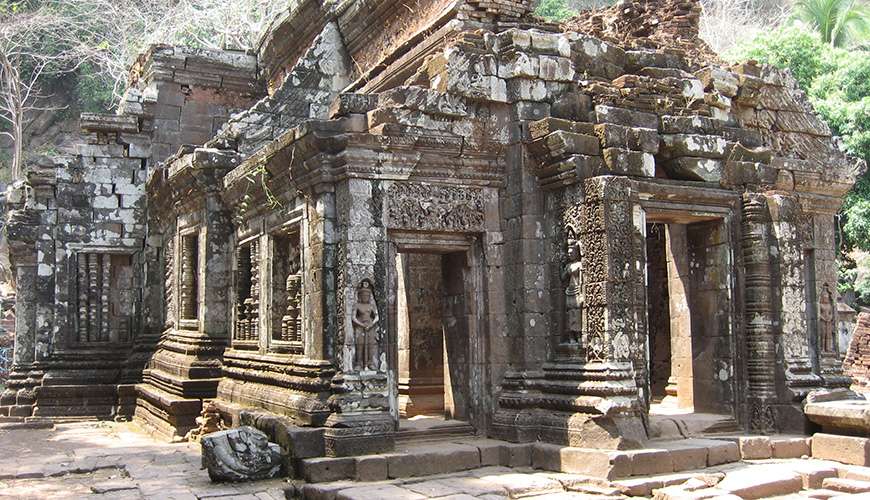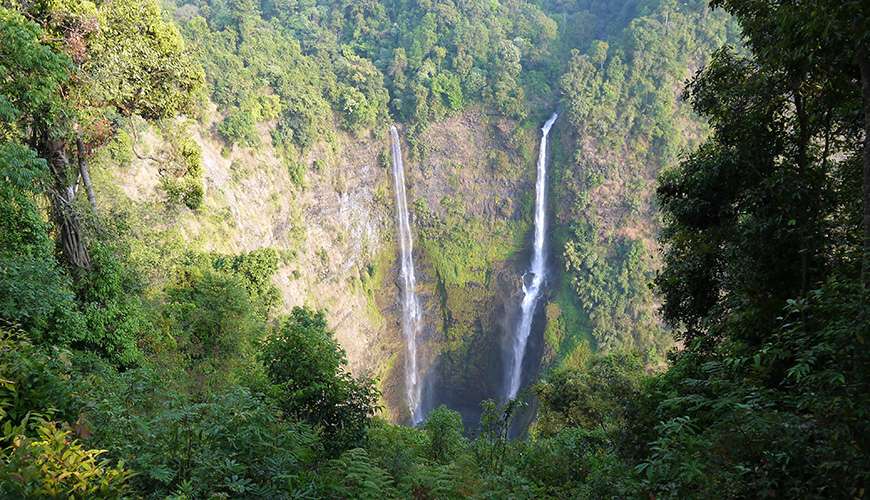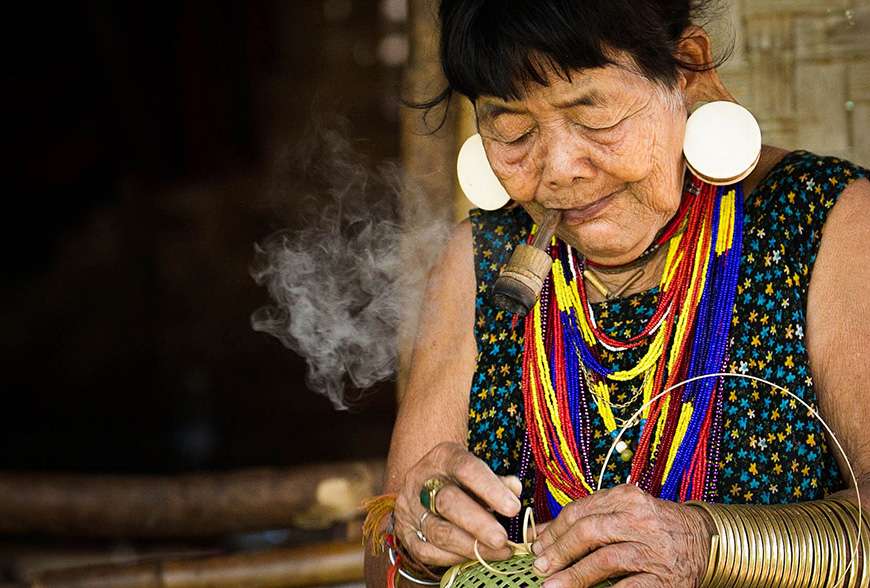Stretching south from Pakse to Si Phan Don,
Southern Laos is contained by the Mekong and Thailand in the west, and the Annamite Mountains and Vietnam in the east. The land and people are defined by the mighty Mekong, as it spills its waters across the border to Cambodia in the south.
In ancient times the region, and indeed all of Laos, was under the domination of the Khmer Empire, who left a visible legacy of stunning temple complexes, most famous of which is Wat Phu Champasak. After the collapse of the Khmer, all of Laos was united in the Lan Xang kingdom, centered on Luang Prabang, before being broken up into separate kingdoms, one of which, Champasak, controlled the southern portions of the country. This independence from both Northern Laos and foreign domination did not last long however, as in the late 1700’s the Kingdom of Siam conquered the area before losing it to French colonial efforts in the late 1800’s and early 1900’s.

The ancient ruins of Champasak give Angkor a run for its money.
Since the famous Ho Chi Minh Trail runs through the eastern parts of the region, American bombing was particularly intense here, and many parts are still on lockdown due to the dangers of unexploded ordnances.
The region sports a varied climate with the lowlands around the Mekong being significantly hotter than up in the mountains or on the Bolaven Plateau. The monsoon seasons are the same as in the north, with the rainy season running from May through October, stopping for a cool dry season from November through February and a hot dry season in March and April.
Like almost everywhere in Laos, the people are extremely friendly and welcoming, always making you feel like a valued guest to their country. The people are also highly diverse, with dozens of different ethnic minorities making their home here, including Tahoy, Makong, Tai Dam, Alak, Katu, Mon Khmer and many more.

One of the many wondrous waterfalls that litter the Bolaven Plateau.
This diversity is reflected in the culture, going from magnificent Hindu/Buddhist temples in Champasak to the almost completely temple-free Bolaven Plateau, where the population is predominantly Animist, rather than Buddhist.
The highlights of the region include trekking on the Bolaven Plateau, discovering hidden waterfalls and venturing deep into the heart of the forest to visit minority villages. The world heritage site of Wat Phu Champasak is also a must-see, featuring ancient Khmer ruins and a stunning natural back. For a more sedate experience, relaxing on the islands of Si Phan Don is as peaceful as you’d expect, a sharp contrast to the violent roar of the giant waterfalls nearby, like Khon Phapheng or Tat Somphamit.
With the Mekong playing such an integral part in the lives of the local population of the region, Southern Laos is a seafood lovers’ paradise. Local dishes made from what the river provides include fish larb, fried Mekong river fish, algae soup and Pan Miiang Baa (a fish sandwich that you construct yourself).

A local woman practicing the traditional craft of bamboo-weaving.
Whether you wish to be awestruck by giant waterfalls, relax in a hammock by the river, trek through forests and valleys to reach remote villages, or take in the mystical serenity of ancient temples, Southern Laos has something for you. Don’t miss out on experiencing the unspoiled natural wonders and highly diverse culture that can be found here, and make it your next adventure